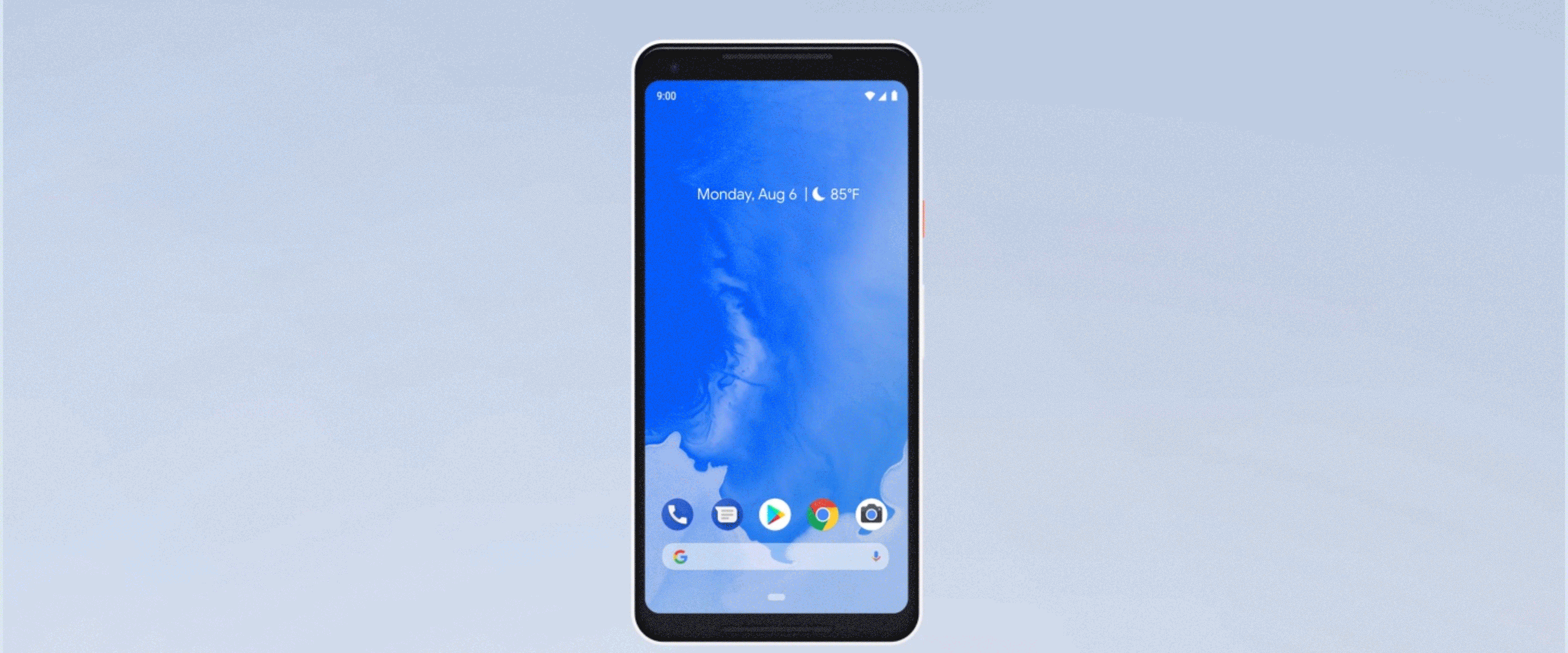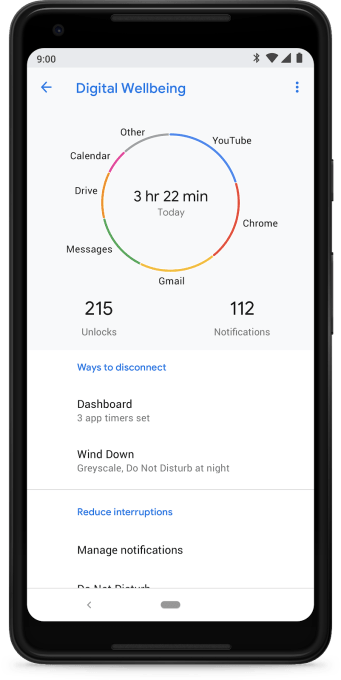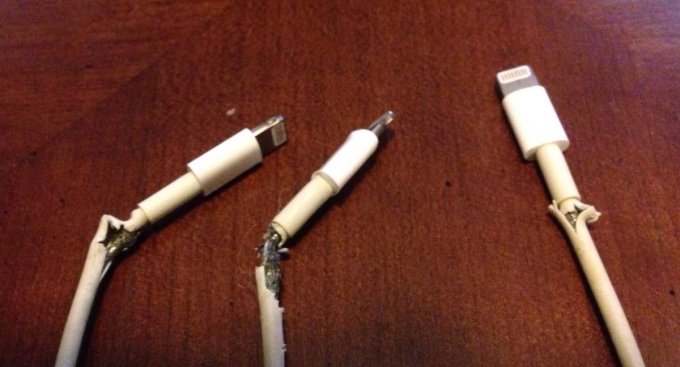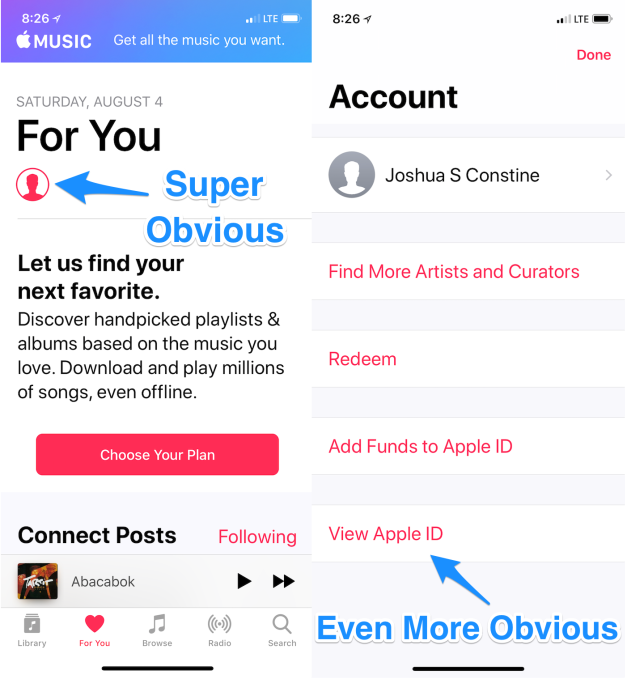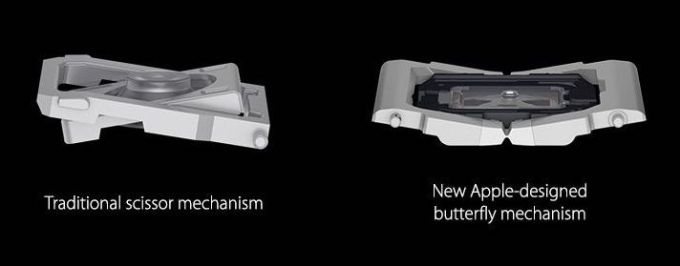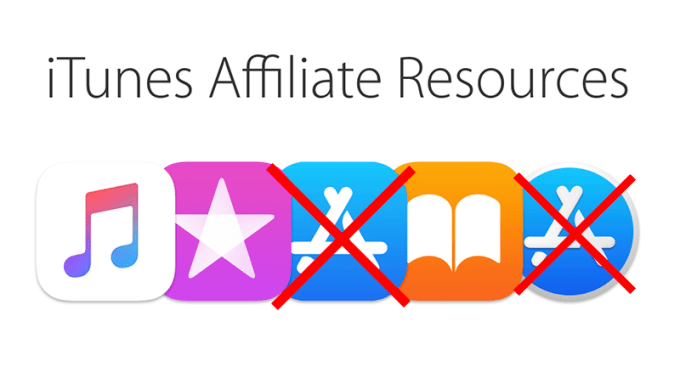Google has acquired GraphicsFuzz, a company that builds a framework for testing the security and reliability of Android graphics drivers. The news, which was first spotted by XDA Developers, comes on the same day Google announced the release of Android 9 Pie.
A Google spokesperson confirmed the news to us but declined to provide any further information. The companies also declined to provide any details about the price of the acquisition.
The GraphicsFuzz team, which consists of co-founders Alastair Donaldson, Hugues Evrard and Paul Thomson, will join the Android graphics team to bring its driver-testing technology to the wider Android ecosystem.
“GraphicsFuzz has pioneered the combination of fuzzing and metamorphic testing to yield a highly automatic method for testing graphics drivers that quickly finds and fixes bugs that could undermine reliability and security before they affect end users,” the team explains in today’s announcement. The company’s founders started their work at the Department of Computing at Imperial College London and received funding support from the U.K. Engineering and Physical Sciences Research Council and the TETRACOM EU project.
While this is obviously not the splashiest of acquisitions, it is nevertheless an important one. In the fractured Android ecosystem, graphics drivers are one of the many pieces that make a phone or tablet work — and when they don’t, it’s often immediately obvious to the user. But broken drivers also expose a phone to security exploits. GraphicsFuzz uses the same kind of fuzzing technique, which essentially throws lots of random data at a program, that’s also becoming increasingly popular in other areas of software development.
from Android – TechCrunch https://ift.tt/2nibIbw
via IFTTT
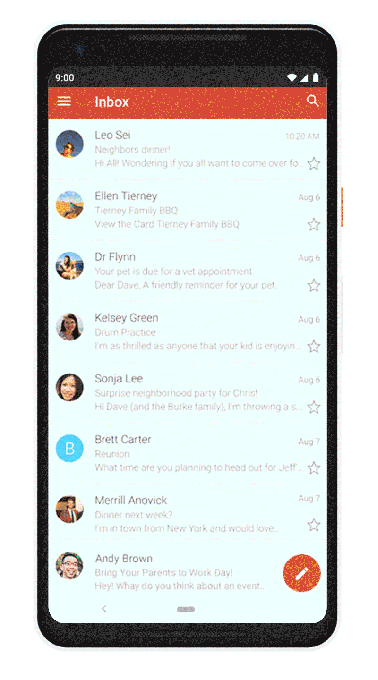 Let’s talk about the features you’ll get when you update to Android 9 Pie, though. The most obvious sign that you have updated to the new version is the new system navigation bar, which replaces the standard three-icon navigation bar that has served Android users well for the last couple of iterations. The new navigation bar replaces the three icons (back, home, overview) that are virtually always on screen with a more adaptive system and a home button that now lets you swipe to switch between apps (instead of tapping on the overview button). You can also now swipe up on the home button and see full-screen previews of the apps you used recently, as well as the names of a few apps that Google thinks you’ll want to use. A second up-swipe and you get to the usual list of all of your installed apps.
Let’s talk about the features you’ll get when you update to Android 9 Pie, though. The most obvious sign that you have updated to the new version is the new system navigation bar, which replaces the standard three-icon navigation bar that has served Android users well for the last couple of iterations. The new navigation bar replaces the three icons (back, home, overview) that are virtually always on screen with a more adaptive system and a home button that now lets you swipe to switch between apps (instead of tapping on the overview button). You can also now swipe up on the home button and see full-screen previews of the apps you used recently, as well as the names of a few apps that Google thinks you’ll want to use. A second up-swipe and you get to the usual list of all of your installed apps.